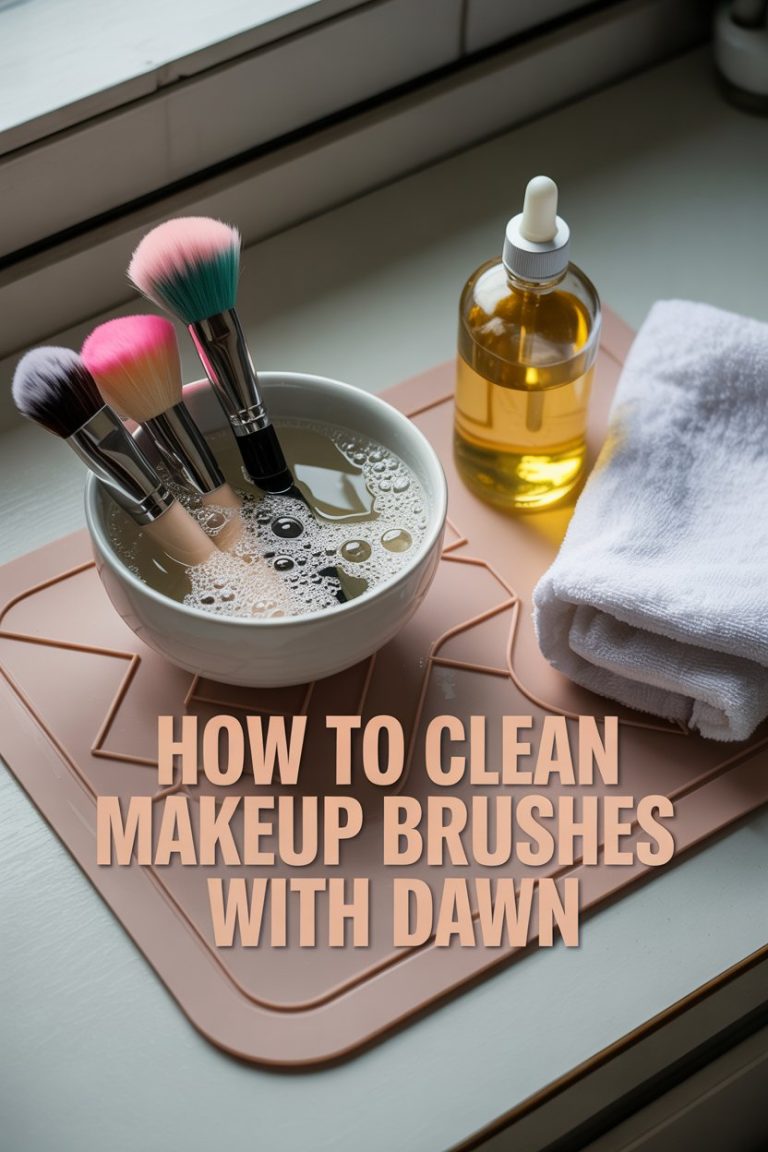I used to think mopping the bathroom floor was a simple, mindless chore. But over time, I realized that cleaning bathroom floors properly makes a huge difference in hygiene and the overall feel of the space. Bathrooms can accumulate soap scum, mildew, mold, and dirt, making them look dull and unhygienic.
Knowing how to mop bathroom floor correctly prevents germs, keeps tiles looking fresh, and makes weekly cleaning much easier. In this guide, I’ll share everything I’ve learned—from selecting the right mop and cleaning solutions to tackling stubborn stains and maintaining a fresh, streak-free floor.
Table of Contents
- Understanding Your Bathroom Floor Surface
- Essential Tools and Cleaning Products
- Preparing Your Bathroom Floor for Mopping
- Choosing the Right Cleaning Solution
- Step-by-Step Guide: How to Mop Bathroom Floor
- Removing Stains from Bathroom Floor
- Mold and Mildew Prevention on Bathroom Floors
- Hard Water Stains and Mineral Deposits
- Daily and Weekly Maintenance Tips
- Eco-Friendly and Natural Alternatives
- Common Mistakes to Avoid
- Conclusion
Understanding Your Bathroom Floor Surface
Before picking up a mop, it’s essential to identify your floor type. Each surface requires a slightly different cleaning approach:
- Tile floors: Durable and resistant to most cleaners, but grout lines can trap dirt and bacteria.
- Vinyl floors: Sensitive to abrasive scrubbing and harsh chemicals; gentle cleaning solutions are best.
- Laminate floors: Water can seep into seams and cause warping, so minimal moisture is key.
- Stone floors (marble, granite): Can stain or etch with acidic cleaners, so avoid vinegar or bleach.
Knowing your surface is critical for choosing the right cleaning solution and preventing damage while achieving streak-free results.
Essential Tools and Cleaning Products
I never start mopping without the right set of tools and products. Here’s what I always have on hand:
Tools
- Microfiber mop or sponge mop: For even, streak-free cleaning.
- Bucket: One for the cleaning solution, one for rinsing.
- Rubber gloves: Protect your hands from chemicals and grime.
- Soft scrub brush: Perfect for grout lines or stubborn stains.
- Old towels or cloths: For drying or spot-cleaning tough areas.
Recommended Cleaning Products
- Vinegar and water floor cleaner: Eco-friendly and effective for soap scum or mineral deposits.
- Dawn dish soap bathroom floor cleaner: Cuts through grease and grime naturally.
- Hydrogen peroxide: Works wonders for disinfecting and whitening grout lines.
- Commercial bathroom floor cleaners: Quick and powerful for stubborn stains.
- Essential oils (tea tree, lavender): Optional, for natural antibacterial effects and fresh scent.
- Bleach-free floor cleaner: Safe for sensitive surfaces like vinyl or laminate.
Having the right combination of tools and cleaners ensures deep cleaning bathroom floor surfaces while protecting your investment.
Preparing Your Bathroom Floor for Mopping
Preparation is key to efficient cleaning. I always follow these steps to ensure a smooth process:
- Remove loose debris: Sweep or vacuum the floor to pick up hair, dust, and crumbs. This prevents spreading dirt during mopping.
- Clear obstacles: Move rugs, trash bins, and toiletries to avoid splashes or missed spots.
- Pre-treat stains: For stubborn stains, I apply a vinegar-water spray or Dawn solution directly on the area and let it sit 5–10 minutes.
- Ventilate the area: Open a window or run the exhaust fan to ensure proper airflow, especially when using stronger cleaners.
Proper preparation makes deep cleaning bathroom floor faster, more effective, and safer for all surfaces.
Choosing the Right Cleaning Solution
The solution you choose depends on your floor type, the level of dirt, and your preference for natural versus commercial products.
Natural Cleaning Solutions
- Vinegar and water (1:1 ratio): Excellent for tile and vinyl floors. Avoid vinegar on stone.
- Dawn dish soap and water: Cuts through grime effectively and safe for most surfaces.
- Baking soda paste: Works for tough stains on grout or tiles; simply scrub gently.
Commercial Cleaning Solutions
- All-purpose bathroom floor cleaners: Convenient for quick cleaning, especially when pressed for time.
- Bleach-free formulas: Safe for vinyl and laminate floors, prevents discoloration.
I usually alternate between natural and commercial cleaners depending on how dirty the floor is and the material.
Step-by-Step Guide: How to Mop Bathroom Floor
Here’s my detailed, tried-and-true method for achieving a sparkling clean bathroom floor:
Step 1: Fill Your Bucket
- Fill one bucket with your chosen cleaning solution.
- If you’re using a two-bucket method, fill the second bucket with clean water for rinsing.
Step 2: Start from the Far Corner
- Begin mopping at the farthest corner of the bathroom.
- Work backward toward the exit so you don’t step on freshly cleaned floors.
Step 3: Use Proper Mopping Technique
- For microfiber mops, move in an “S” pattern to avoid streaks.
- For stubborn stains, let the mop sit briefly on the area, then scrub gently.
- Avoid oversaturating the floor, especially on laminate or stone surfaces.
Step 4: Rinse Mop Frequently
- Dip the mop in the rinse bucket to remove dirt and debris.
- Wring thoroughly to prevent spreading dirty water across the floor.
Step 5: Spot-Treat Tough Stains
- Use a soft scrub brush with a bit of cleaner on grout lines or stubborn spots.
- For organic stains (like toothpaste or hair dye), a baking soda paste or hydrogen peroxide works best.
Step 6: Dry the Floor
- Use a clean towel or let the floor air dry.
- I always wipe edges and corners to prevent mold or mildew growth.
Following these steps consistently keeps your bathroom floors spotless, sanitary, and streak-free.
Removing Stains from Bathroom Floor
Stains like toothpaste, soap drips, or cosmetic spills are common. Here’s my method:
Step-by-Step Stain Removal
- Identify the stain type.
- For organic stains, use hydrogen peroxide or Dawn dish soap.
- Apply directly to the stain and let it sit for 5–10 minutes.
- Scrub gently with a soft brush or sponge.
- Rinse and dry.
Regular spot-cleaning prevents stains from becoming permanent, keeping floors bright and hygienic.
Mold and Mildew Prevention on Bathroom Floors
Bathrooms are naturally humid, making floors susceptible to mold and mildew growth.
Preventive Steps
- Ensure proper ventilation with fans or windows.
- Mop regularly using a disinfectant solution.
- Dry floors after showers.
- For grout or corners, occasionally spray hydrogen peroxide or vinegar solution.
Prevention is always easier than removal, and consistent maintenance keeps your bathroom floor healthy and odor-free.
Hard Water Stains and Mineral Deposits
Hard water can leave white, chalky streaks, especially on tile and grout.
Step-by-Step Removal
- Spray vinegar-water solution on affected areas.
- Let it sit 10 minutes to dissolve mineral buildup.
- Scrub gently with a soft sponge.
- Rinse thoroughly and dry.
Regularly addressing hard water stains prevents permanent discoloration and keeps floors shiny.
Daily and Weekly Maintenance Tips
Maintaining clean bathroom floors is easier than deep cleaning every time:
- Daily: Sweep or vacuum to remove dust and hair.
- Weekly: Mop using a gentle solution to prevent buildup.
- Monthly: Inspect grout lines and corners for mold; spot-treat as needed.
- Additional Tip: Use mats near sinks and showers to reduce water accumulation.
Incorporating these habits makes daily bathroom floor cleaning less time-consuming and more effective.
Eco-Friendly and Natural Alternatives
I often prefer eco-friendly options for routine cleaning:
- Vinegar and water: Cuts grease, disinfects, and is safe for most surfaces.
- Dawn and baking soda paste: Perfect for tough stains and grout cleaning.
- Essential oils: Tea tree oil naturally disinfects and smells great.
Using natural products reduces chemical exposure while keeping your floor sparkling.
Common Mistakes to Avoid
- Using too much water on laminate or wood floors, leading to warping.
- Skipping rinsing, which leaves streaks or sticky residue.
- Using abrasive scrubbers on vinyl or stone floors.
- Ignoring grout lines, allowing mold and mildew to grow.
Being mindful of these mistakes ensures safe and effective bathroom floor cleaning every time.
Conclusion
Learning how to mop bathroom floor properly transforms a tedious chore into a simple, effective routine. By understanding your floor type, using the right tools and cleaners, and following a consistent maintenance schedule, your bathroom floors can remain sparkling clean, hygienic, and free from soap scum, stains, mold, mildew, and hard water buildup.
Remember, preparation, proper technique, and routine maintenance are the keys to a spotless bathroom floor. With these tips, your bathroom will feel fresh, safe, and welcoming every day.
Next Reads:

Emma Vanderlyn is a home enthusiast with a passion for all things natural and eco-friendly. With years of experience experimenting with DIY solutions, she’s dedicated to creating safe, effective, and budget-friendly cleaning recipes that are kind to both your home and the planet. Emma believes that a clean home shouldn’t come at the cost of harsh chemicals, and her easy-to-follow guides make natural cleaning accessible to everyone.
When she’s not whipping up a new cleaner in her kitchen, Emma can be found researching the latest in green living or transforming her space with mindful, stylish decor ideas. She’s here to share her love of natural living and help you create a home that shines—naturally.
